Birthday Reflections: Refining the question
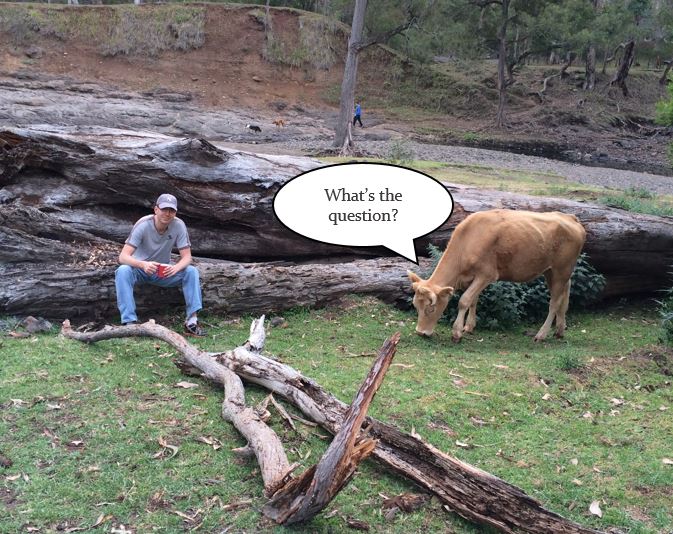
The Earth has passed around the sun 43 times since I was born, but in my mind it seems to be speeding up. Each year I pause the rotation for a few moments to take stock, learn from what was, and consider what will be. I share these reflections here as part of the ongoing conversation with you and my own Sideways Thoughts.
My life has evolved into a balance of learning and applying what I learn in three areas: 1) The psychology of why we think and behave as we do; 2) how we collectively do this together in organisations; and 3) how this plays out in society.
The first two points have received the majority of my focus due to my day job as a Management Consultant. I am wrapping up my second year in the role, and I have had the honour of working with some great clients in the energy, logistics, construction, resources, and education sectors. Opportunities I have played in include strategic planning, team alignment, leadership coaching, structure reviews, change management, process mapping, and program auditing and evaluation.
If I were to sum up where my writing has taken me over the past 12 months, it has been to help individuals overcome challenges and help organisations focus attention.
Individuals overcoming challenges
Most of my Sideways Thoughts have focused on helping individuals understand their thoughts and behaviours to allow them to make choices. A key tool in this is the Life Styles Inventory, which helps people understand the feedback they are receiving form others and themselves. I captured some of the basic principles in my post here: “How are our thoughts serving us? An explanation from the Life Styles Inventory”.
Passive and aggressive responses highlighted in the LSI form predictable defences against real and perceived threats. I spent six months last year in an intern program to learn about the Enneagram personality style. The program included: 1) classroom studies, 2) weekly panel interviews with people of the same personality type to better recognise and understand the different types, and 3) a daily discipline of meditation to build awareness of when we are using our personalities.
I captured my initial thoughts in my post “Falling out of love with personality through the Enneagram”. My main lessons from the experience are that:
- Our personalities are a defence mechanism, often hidden and difficult to overcome;
- Exposing our personalities is confronting because it is keeping us safe and we feel vulnerable without it;
- It is difficult to see our own personality, observing it through feedback, and the best hope we have of growing is in in community where there is trust and safety; and
- Our experiences in life can be seen as means to overcome our personality, letting go of our need to defend in order to live fully authentic lives.
I made the comparison of our defences as a form of medicine when I wrote about “Our defence mechanism pharmacy”. I acknowledged the difficulty in breaking these habitual responses when I challenged “If you want to change, then change your rules: On first and second order change”. I then borrowed on a classic change model to understand that change is not straight-forward when I shared “A way to map a path to your goals, using Kurt Lewin’s field theory”. Finally, I highlighted the value of vision and self-control in making change when I wrote about “Instant gratification: Fighting the immediacy of now”.
The research-driven nature of my writing perhaps masks the personal nature of what I share. My investigation into personality was a journey in my becoming aware of my own personality. As I write about defences, I am conscious of identifying my own innate responses. My perspective on change comes from my own navigation through getting from “here” to “there”. My post on instant gratification came about after a few too many Netflix binge sessions.
I treat each experience as an experiment to test, learn, and apply. My life is a constant interaction between theory and practice, sharing what may have value for others. This blog is a reflection of that journey.
Organisations focusing attention
Defences we see in people have a similar expression in organisations. This became apparent when I provided a response to the question “What is culture?” which made a case for culture being an organisation’s protective means to survive and thrive.
Strategy is another concept that is shared by both individuals and organisations. Strategy is simply a fancy term to describe the practice of focusing attention, ordering thought and action towards an end goal. Some of the work I did in this area came out in my posts about “Information for making decisions: Strategic planning with SWOT, PESTLE, SOAR, and… So what?” and “Future-focused strategic planning: Corpus RIOS, Playing to Win, and Appreciative Inquiry”.
I have also been involved in developing innovation programs and changes in structure. I captured a few thoughts in my post about “The case for social innovation, viewed though the decline of movie theatres” and “Organisational ambidexterity: How to exploit and explore to survive”.
Leadership
I also considered the role of leadership in personal and organisations change. Leadership is not about telling others how to do it, but to show how it is done. Often people have the desire to change, but lack positive examples of what a different approach might look like.
People who grow up being dependent and victims of external forces can experience life as threatening and pass that perspective on to others. Alternatively, those who learn early that they are empowered to choose how they respond can be more likely to engage with life as an opportunity and encourage those around them to do the same.
One way to develop constructive thoughts is to surround yourself with constructive people. We tend to reflect our environments. That said, we can also learn under leadership through reading the works of others and letting their stories impact our lives.
It is this realisation that had me seek out examples of what great personal leadership looked like. In my search, I embraced the autobiographies of Nelson Mandela and Mahatma Gandhi. Both offer principles of leadership I can apply in my own life and encourage others to consider. I captured some thoughts in “Seven lessons in personal freedom from Nelson Mandela”, “Writing lessons from Gandhi: Naming the blogging barriers”, and a carryover from the previous year “Three lessons from Gandhi’s experiments in truth”.
Existence and tattoos
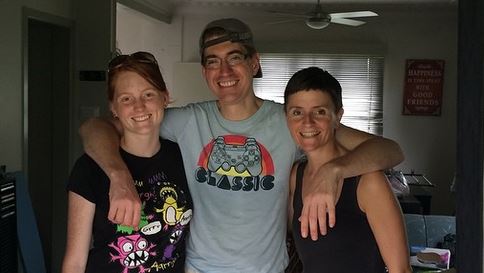
On a personal note, my wife and I have now graduated to empty-nester status. Seeing my daughter move out to be closer to university filled me with a sense of poignant pride. I miss having her around, but am excited and proud about seeing her make choices and learn as she steps out on her own.
Getting older comes with such life changes, which can bring about thoughts of our existence. I spent some time acknowledging our eventual end-point when I wrote about “Why it is important to talk about our existence”. My perspective was informed in part by reading the book “Tuesday’s with Morrie”, which is the real-life perspective of a 37-year old journalist who wrote about his conversations with his university professor weeks before the professor passed away. I captured my thoughts about the book in my post “Conversations with your future self in your own Tuesdays with Morrie”.
One of the principles outlined in the book is considering how you would live your life as though it were your last. This is told through a narrative of having a bird on your shoulder, where each day you look down and ask “Is today the day, little bird? Is today the day I die?”
This is an empowering rather than morbid question. It ensures that each day, you are living as you want to be remembered, taking your eyes off yourself, overcoming your fears and fully engaging in life. The practice also reminds you to be present in the moment, not stressing unnecessarily about the past or worrying about the future.
The book had an impact on me to the extent that I got a tattoo of a bird on my shoulder to remind myself of the practice. It does not mean that there are days where I do not forget, but it is a reminder that each day is a new opportunity to live as though it were my last.
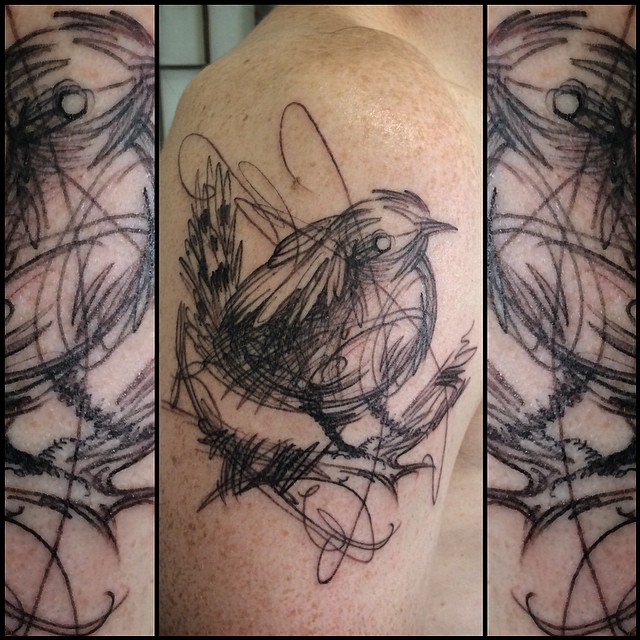
Credit goes to Peta Jamieson who did a great job of interpreting the original artwork by Australian artist Bridget Farmer.
Building capital
Being aware of my existence has also made me conscious of where I am building capital. The premise is that those who are wealthy are able leverage their capital. Wealth is considered beyond money, and applies to where we invest our time, experiences and knowledge. I captured my thoughts in my article “What is your capital? Principles for investing more than your money”.
This thought has reframed my past six months. I have invested in a few exciting projects, including an advisory role for a digital technology start-up that is now expanding overseas, helping a local bricks and mortar small business scale to realise national growth, and a personal technology start-up operating at the intersection of psychology and technology. I look forward to sharing more about each of these in due course.
Looking ahead to the big question
My focus up to now has been on understanding people and organisations with a slight digital flavour thrown in based on past experience. I expect this to continue, but my heart is moving to the larger challenges of the world.
My thought last year was to consider “What is the question that needs to be asked?” The question for me at the moment goes something like this:
As a species, we have made incredible advances in fields of technology, health, finance, and psychology. Yet we continue to destroy ourselves and each other, allow others to live in poverty, and degrade the earth for future generations. How can we be successful in so many areas, yet seem fundamentally incapable of getting along? Within the challenges that face the world, such as poverty, violence, drugs, and corruption, what is the question we are not asking? What needs to happen, and why, after centuries of applying ourselves, have we not figured this out?
Part of the challenge is that the question and the problem appears large so as to prohibit a starting point. I also acknowledge that I see part of the challenge when I look in the mirror. But there are many people and organisations doing exceptional work in this area who have a part of the answer. My desire for the time I have left on the earth is to join others in making a contribution towards finding an answer to this challenge, even as I build capital through my day job and side projects.
Thank you for joining me on the journey. My hope is that you might find value in what I write over the years and are able to apply something in your own path towards making a positive difference in the world.
I welcome your own Sideways Thoughts in the comments below.


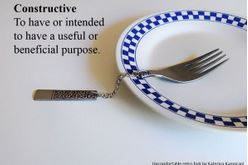




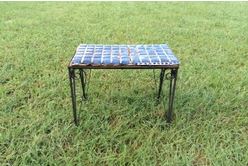
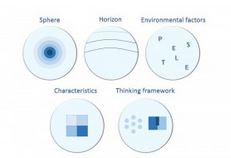
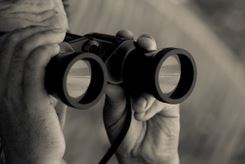
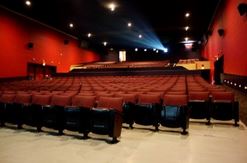
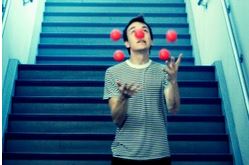

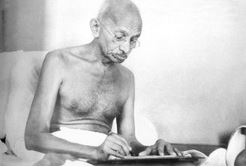
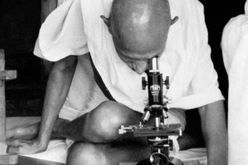
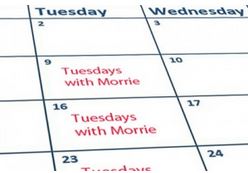

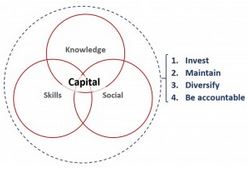
1 thought on “Birthday Reflections: Refining the question”
Comments are closed.